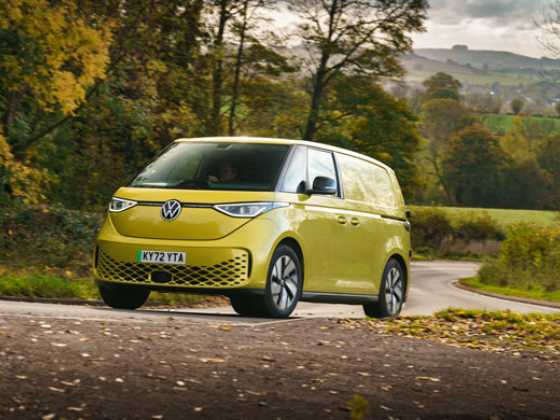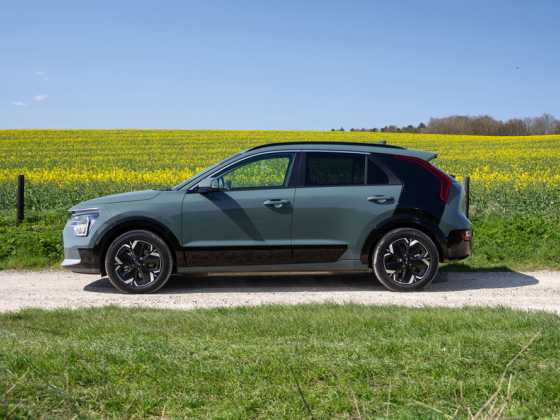Power in a small package
Sofie Lidefjard finds out that there’s more than meets the eye when it comes to the Renault Clio 1.5 dCi 86
 Renault Clio 1.5 dCi 86
Renault Clio 1.5 dCi 86
Top Speed: 108mph
0-62mph: 12.7 secs
CO2: 117 g/km
MGP (combined): 64.2
The 3-door hatchback delivered for my weeklong loan is rather petite; just under four metres long and with an overall height of 1.5 metres. However, that’s what I expected when booking a Clio so no surprises there. What I didn’t expect was a vehicle that size with an engine that makes it feel like a larger car.
Don’t get me wrong, I was pleasantly surprised to discover that the Clio took me effortlessly on shorter urban journeys as well as on longer motorway escapades. Acceleration is excellent; it does 0-62mph in 12.7 seconds (at least that’s what the official figures say), and it combines both outstanding road holding and comfort to bring out the best of the engine.
Suspension
The suspension, derived from the system used on Mégane, combines directional control and a high capacity to filter out vibration and noise. It benefits from the combination of the car’s long wheelbase – the longest in its segment – and wide track, two fundamental parameters in the quest to achieve stability and efficient handling performance.
The steering wheel, however, is extremely sensitive; I only have to look at it for it to turn. The same goes for the accelerator and brake; a fly’s weight could shift the pedals.
This makes the car feel skittish and slighty unsafe, but the fact is that the car was awarded the maximum 5 stars for adult occupancy in the Euro NCAP tests. So for such a small car it does offer a high level of safety with two adaptive front airbags for the driver and front passenger, two front lateral airbags and two front/rear curtain airbags (available as standard or optional on certain versions). The 3-door version also includes two anti-submarining airbags on the front seats.
The body shell employs materials that give improved absorption and dissipation of impact forces. The front, side and rear of the body are designed with built-in, programmed crumpling, which reduces the level of impact shock on the car’s occupants. The rigid cabin reduces the risk of intrusion by any of the front-end components, which themselves are designed to stack up under impact.
Green credentials
To promote low CO2 emissions, attention was given to aerodynamics, reducing friction and minimising weight. Drag was reduced by optimising the design of the lower part of the new power, including a smooth floor, the fitting of additional fairings and deflectors and the choice of a flexible front spoiler.
The car’s weight was kept down by the use of very high tensile steel, aluminium, noryl and polypropylene for the chassis and body. The aluminium bonnet, for example, represents just half of the equivalent part made from steel.
Recyclable materials account for 95 per cent of the car’s weight. The marking of parts has been expanded to make recycling simpler. Plastic components of more than 100g and all rubber/elastomer parts weighing more than 200g are marked with a symbol indicating their composition.
ec02 symbol
The Renault eco2 symbol, which Clio dCi 86 carries, shows the manufacturer’s range of economical and ecological cars. In order to carry the symbol the car must be economical in terms of low fuel consumption, affordable engine technologies and lower road tax costs due to better CO2 emissions; ecological in terms of measurable results at every stage of the vehicle lifecycle; and ecological in terms of the widespread impact of more environmentally-conscious car purchasing.
All three diesel and both 1.2-litre petrol engines available carry the eco2 symbol. The diesel engines are all capable of more than 60 mpg in combined cycle driving.
The little things
There are a few details that Renault hopes will make Clio stand out from the crowd. To some extend they have succeeded, making the car feel like more than a small hatchback. For example, it has automatic headlights that activate as soon as the light levels drop, rain sensors prompt the windscreen wipers from the first drop of rain, and dedicated cornering lights illuminate more of the road.









